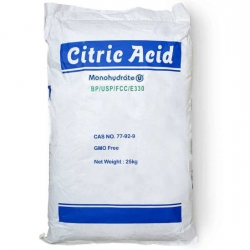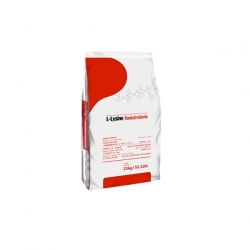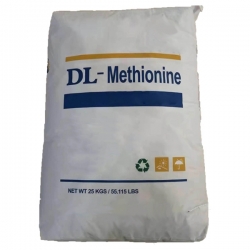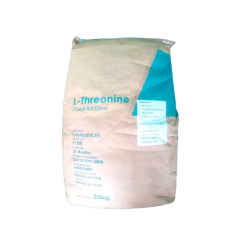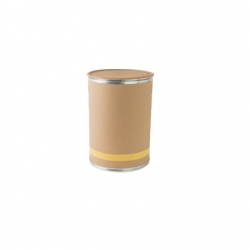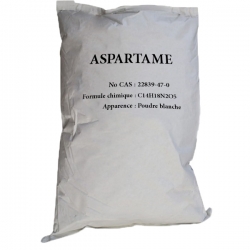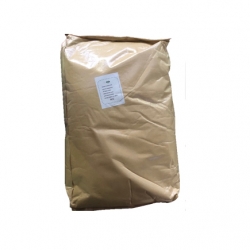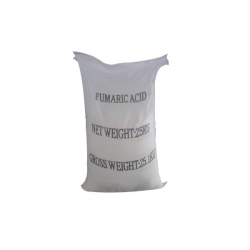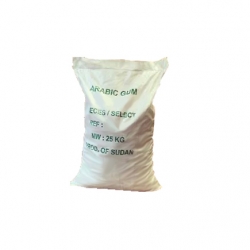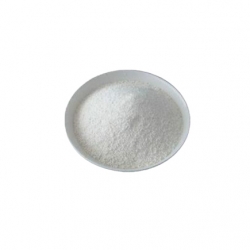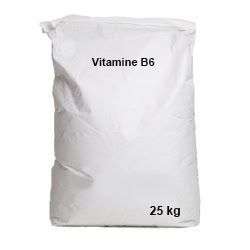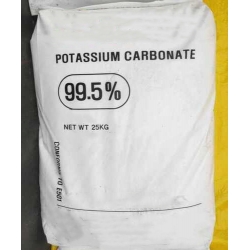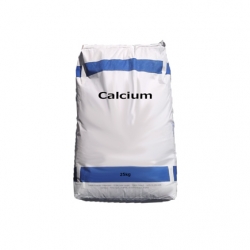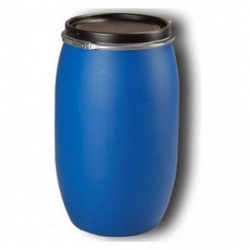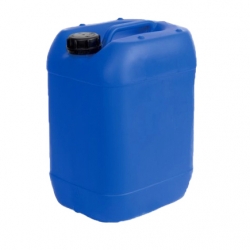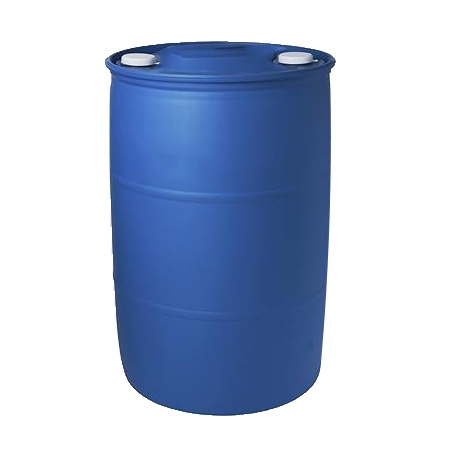No products in the cart.
E330 - Citric Acid
Citric Acid is a tricarboxylic acid found in citrus fruits. Citric acid is used as an excipient in pharmaceutical preparations due to its antioxidant properties. It maintains stability of active ingredients and is used as a preservative. It is also used as an acidulant to control pH and acts as an anticoagulant by chelating calcium in blood.
L-Lysine
L-lysine is an essential amino acid, meaning our body cannot synthesize it and must be obtained through diet or supplements. The "L" in its name indicates its stereoisomeric configuration, which is the biologically active form. L-lysine plays a crucial role in many biological functions and is used in various medical, nutritional, and industrial applications.
DL-METHIONINE
Methionine is an essential amino acid, meaning it is crucial to provide a sufficient quantity to maintain good health. This amino acid is unique due to its sulfur-containing structure. It is primarily found in animal products (meat, fish, dairy) as an essential amino acid.
L-Threonine
L-threonine is an essential amino acid. L-threonine is obtained through the hydrolysis of proteins by pancreatic enzymes during digestion.
E420 - Sorbitol
Sorbitol is a natural polyol with a sweetness level approximately half that of sucrose. Unlike monosaccharides, its structure does not contain any ketone or aldehyde functions. It is primarily used as a bulk sweetener to replace sucrose.
E950 - Acesulfame Potassium
Acésulfame K is 150-200 times sweeter than sugar. Acésulfame K is a very stable crystalline sweetener, with a chemical structure similar to saccharin. Acésulfame K is commonly used in combination with aspartame or other sweeteners because it has a synergistic effect to enhance and maintain the sweet taste of foods and beverages.
E951 - Aspartame
Aspartame is an artificial sweetener discovered in 1965. It is a dipeptide composed of two natural amino acids, L-aspartic acid, and L-phenylalanine, the latter in the form of a methyl ester.
E952 - Cyclamate
Cyclamate (or sodium cyclamate) is an artificial sweetener discovered in 1937 at the University of Illinois by a student named Michael Sveda.
Cyclamate is also known under the number E952.
E297 - FUMARIC ACID
Fumaric acid, or trans-butenedioic acid, is an unsaturated dicarboxylic acid with the chemical formula HOOC–CH=CH–COOH. It appears as a crystalline white powder that is odorless, combustible but weakly flammable, and slightly soluble in water.
E414 - Acacia/Arabic gum
Gum arabic is extracted from the acacia tree, primarily cultivated in Africa, the Middle East, and certain parts of Asia.
Its main function is to act as a thickener, stabilizer, and emulsifier in foods and beverages. It is used to enhance the texture and viscosity of products.
Potassium Tartrate
Potassium tartrate is the potassium salt of tartaric acid, a natural substance found in grapes.
VITAMIN B6
Vitamin B6, also known as pyridoxine, is a water-soluble vitamin that plays an essential role in several biological functions of the human body.
E501 - Potassium Carbonate
E501 is a food additive that corresponds to potassium carbonate. Potassium carbonate is an inorganic chemical substance used in the food industry and other sectors.
Calcium
Calcium is a chemical element with the symbol Ca and atomic number 20. It is an essential mineral for living organisms, including humans, and plays a crucial role in various physiological processes.
Cocoa butter
Cocoa butter is a vegetable fat obtained from pressing cocoa beans to extract cocoa powder. Its color ranges from ivory yellow to brown. It is used in the composition of chocolate.
TINOGARD TL
Tinogard® TL is a UV light stabilizer used in oil-based or hydroalcoholic formulations, mainly suitable for perfumes, aftershaves, gels, shampoos, and soaps.


